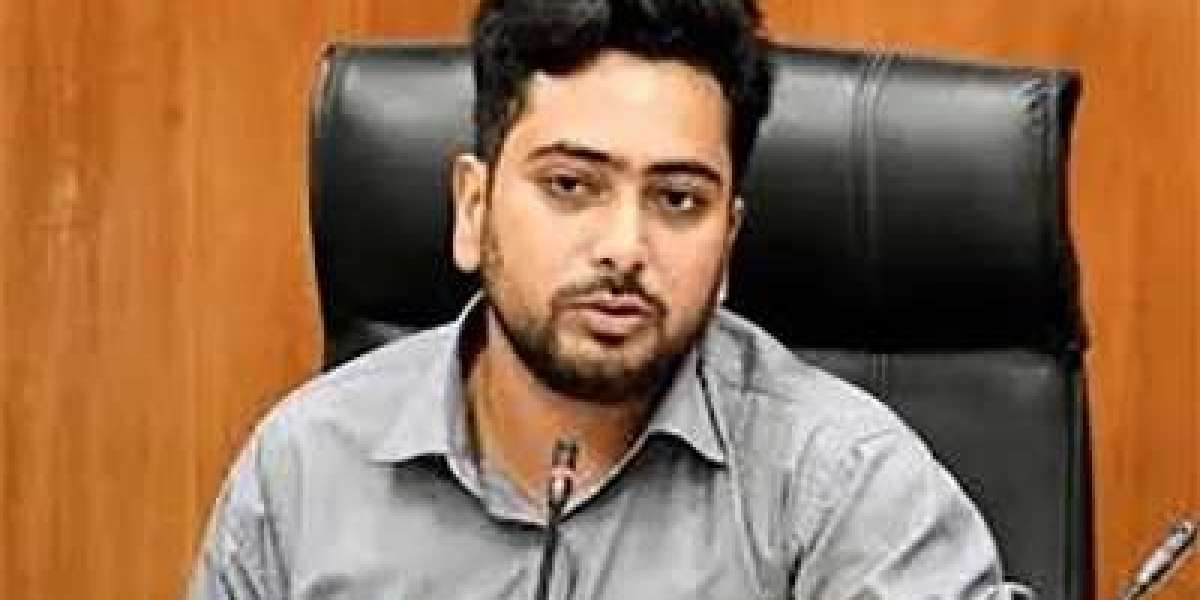College football ‘Super League’ details unveiled, would be called ‘College Student Football League’
SYRACUSE, NEW YORK - SEPTEMBER 11: Aron Cruickshank #2 of the Rutgers Scarlet Knights breaks a tackle by Jason Simmons #14 of the Syracuse Orange during the fourth quarter at the Carrier Dome on September 11, 2021 in Syracuse, New York. (Photo by Bryan M. Bennett/Getty Images)
By Justin Williams
Oct 1, 2024
290
A group of executives and administrators developing a college football “Super League” formally announced its proposal Tuesday, outlining a single, national league dubbed the College Student Football League (CSFL).
The details, which have been formulating for months, feature a football-only reorganization of the 136 Football Bowl Subdivision (FBS) schools into two distinct conferences. The top 72 programs — mostly the current Power 5 — would compete in the Power 12 Conference, made up of a dozen six-team, geography-based divisions.
The remaining 64 programs — mostly the current Group of 5 — would compete in the Group of 8 conference.
A group of the top teams from the Group of 8 would be eligible for a “promotion” to play up against the Power 12 the following season, similar to the structure of European football leagues, but there would be no relegation among the Power 12 schools.
The advisory group for the CSFL, known as College Sports Tomorrow (CST), is a collection of industry leaders in business and sports as well as university presidents and athletic directors. The Athletic first reported on CST and its “Super League” ambitions in April.
Despite Tuesday’s announcement, including in-depth specifics on a format, governance and revenue model for the CSFL, the league is still a long way from being a realistic and viable proposition. It would require cooperation and coordination between the NCAA and its member institutions, almost all of which belong to conferences with their own distinct television contracts and grants of rights. The current College Football Playoff contract with ESPN runs through the 2031-32 season, and other conference deals extend beyond that. CST also states that it would not interfere with or ask for any current media contracts to be renegotiated.
CST has brought together too many high-profile powerbrokers to be completely dismissed. But the idea of college sports, which has long lacked any semblance of cohesion, moving away from the existing model and agreeing to a newly unified structure, seems — at the moment, at least — like a pipe dream.
Barriers aside, CST maintains that the league would not be a “Super League” and instead wants to prevent such a thing by better supporting all 136 FBS members. CST’s argument is that the CSFL would remedy that disruption and disorder within college sports and address the numerous legal battles the NCAA is currently facing, including the proposed House settlement. It would also aim to reduce the financial and competitive imbalance that so often defines college football in particular.
Advertisement
On the field, the CSFL would utilize a geographical- and results-based scheduling model to foster more competitive matchups, while still preserving certain long-standing rivalries, even between teams in different divisions. Postseason berths and seeding would be determined by win/loss records, similar to the NFL, with a 24-team playoff featuring division winners and wild card spots. The Power 12 season and postseason would run for 21 weeks from late August through early January, including multiple byes.
“Historically, the beauty of college football has been how many schools around the country were competing for the championship,” Jimmy Haslam in a statement CST released on Tuesday. Haslam is a member of CST, as well as the owner of the Cleveland Browns and longtime booster for University of Tennessee athletics. “We need to bring college football back to the broad, national model of its golden years in a system which fosters more competitive balance.”
The CSFL would be football-only, and other sports could continue competing in their current conferences or “return to their traditional, geographic conferences,” as stated in the press release.
Off the field, the CSFL would collectively bargain via a single, comprehensive players association, which the CST’s proposal suggests could lobby in tandem with the league for a special classification from Congress enabling athletes to seek collective representation without being deemed employees.
According to the CST, this would provide college athletes input on rules and compensation while offering the league protection from antitrust claims via the “non-statutory labor exemption.” The CFSL could also utilize a salary cap for teams and pay scales for player earnings, and proposes new guidelines such as limiting athletes to two transfers within a five-year window of eligibility.
Advertisement
“The courts are forcing change in college sports, which presents an opportunity to reimagine college football so it works for everybody,” CST co-founder Len Perna said via statement. Perna is also the chairman of TurnkeyZRG, a prominent employment search firm within college athletics.
CST’s proposal believes the CSFL would be “economically advantageous and sustainable,” with a single, consolidated league able to generate more revenue that would allow “universities to fairly compensate players, create reasonable competitive balance, cover rising NIL costs and continue to underwrite other intercollegiate sports that generate less revenue, including women’s sports and the U.S. Olympic program.”
The proposal suggests that within each conference, per-school revenue distribution would be relatively equal, with slightly more incentives eventually geared toward legacy and top-performing programs that drive the most value. However, an overwhelming majority of the revenue — 94 percent — would be distributed to Power 12 programs, with the remaining 6 percent going to the Group of 8.
The CSFL would be governed by a board encompassing all 136 schools, with one commissioner overseeing the entire league and smaller executive committees within each conference. The Power 12 executive committee would hold a “key governance role.”
Under CST’s proposal, the CSFL would be owned and controlled by the member programs, with each school retaining their rights. CST believes the revenue this league could generate would mean that no private equity would be needed to fund the model, but the CST would use “minimal” outside capital to bridge financing through the initial transition.
CST’s members include Perna, Haslam and former NBA player Grant Hill, among others. Supportive ambassadors include athletic directors Danny White (Tennessee), Bubba Cunningham (North Carolina) and Kirby Hocutt (Texas Tech), along with West Virginia University president Gordon Gee and Syracuse University chancellor Kent Syverud.
CST’s website states that, despite multiple members NFL ties, the NFL “has nothing to do with either CST or the CSFL.”
Advertisement
In April, The Athletic reported that Brian Rolapp, the NFL’s No. 2 executive behind commissioner Roger Goodell, was a member of the 20-person CST group. On Tuesday, Rolapp’s name was not listed on the CST news release or any of the media materials, and a CST spokesperson confirmed to The Athletic that Rolapp is not involved with CST.


















































